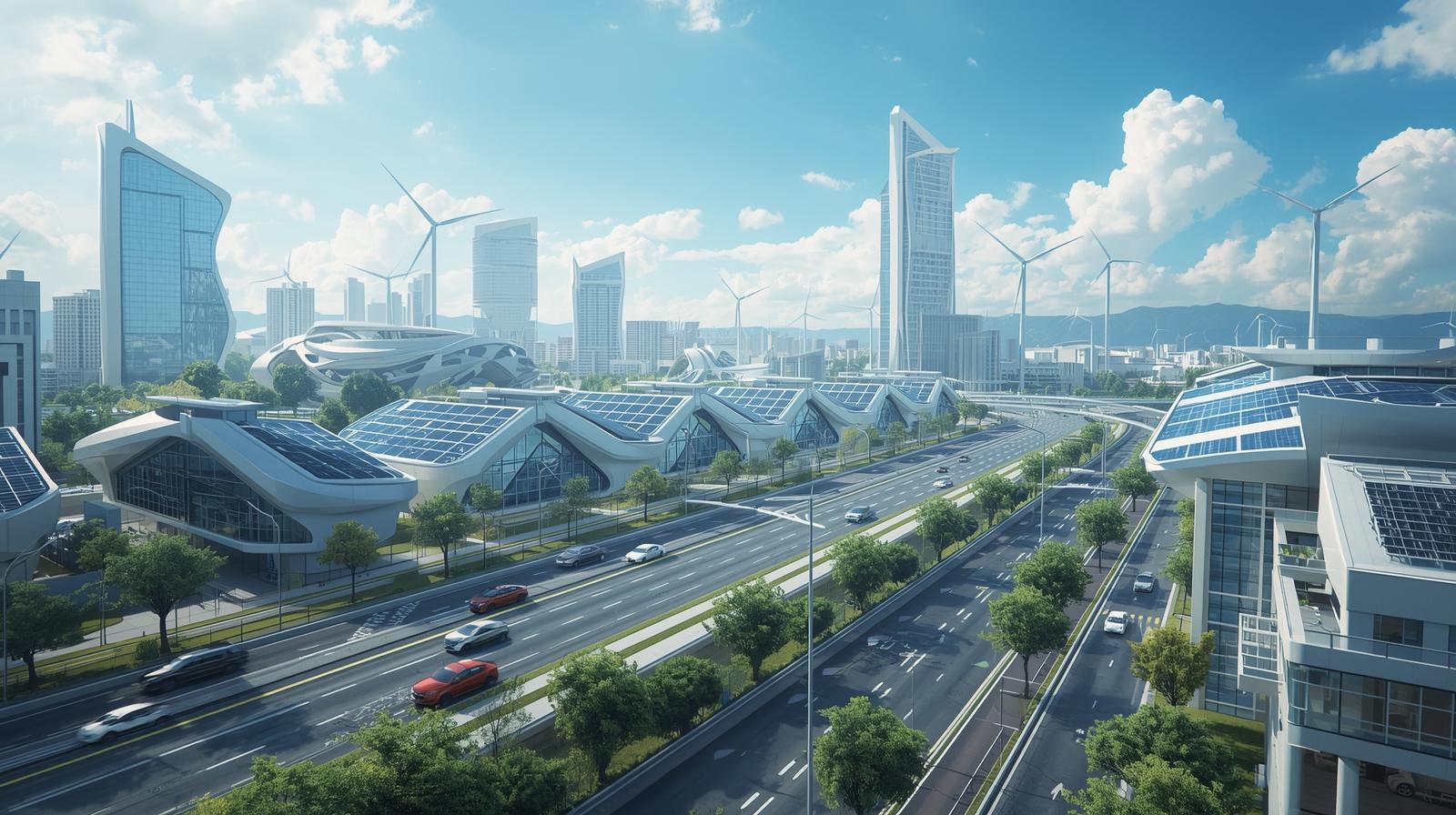“How recent innovations in solar and wind power are reshaping global energy policies and sustainability efforts.”
Introduction
Renewable energy has become one of the most critical priorities for governments, corporations, and individuals worldwide. With the growing urgency of climate change, technological innovations in solar, wind, and other green energy sources are transforming the global energy landscape. In 2025, these developments are not only improving efficiency but also making renewable energy more accessible and cost-effective than ever before.
Solar Energy Expansion
Solar energy has experienced tremendous growth in recent years, driven by advances in photovoltaic technology. New solar panels are now capable of converting sunlight into electricity with unprecedented efficiency, reducing costs for both commercial and residential users. Rooftop installations are proliferating in urban areas, allowing households to generate electricity locally and reduce dependence on traditional power grids.
Innovations in Solar Panels
Recent breakthroughs in solar panel design include bifacial panels, which capture sunlight on both sides, and flexible panels that can be integrated into building materials. These innovations not only increase energy production but also expand the possibilities for architectural integration, making solar power a practical option for more people than ever.
Wind Energy Developments
Wind energy is also evolving rapidly. Modern turbines are taller, more efficient, and capable of generating electricity even in areas with moderate wind speeds. Offshore wind farms are gaining prominence, leveraging coastal and deep-water sites to produce vast amounts of clean energy.
Offshore Wind Farms
Offshore wind projects are particularly exciting because they can harness stronger and more consistent winds than onshore turbines. Countries investing in offshore wind energy are seeing significant reductions in carbon emissions while stimulating economic growth through new jobs in engineering, construction, and maintenance.
The Role of Government Policies
Government policies play a crucial role in promoting renewable energy adoption. Tax incentives, subsidies, and research grants encourage businesses and households to invest in green technologies. International agreements, such as the Paris Climate Accord, continue to drive collaboration across nations to meet global sustainability targets.
Challenges and Solutions
Despite progress, renewable energy faces challenges such as intermittency, storage limitations, and grid integration issues. Energy storage solutions, including advanced batteries and pumped hydro systems, are helping to address these problems. Furthermore, smart grid technologies are enabling better energy distribution and management, ensuring a reliable supply even when renewable sources fluctuate.
Conclusion
The rapid advancements in renewable energy technologies are setting the stage for a more sustainable and resilient energy future. As solar, wind, and other green solutions continue to improve, the world is moving closer to reducing carbon emissions and combating climate change. These innovations are not only environmentally beneficial but also economically advantageous, creating new opportunities for investment and job growth.
tags renewable energy, solar power, wind energy, sustainability, green technology
created by Chat Gbt
